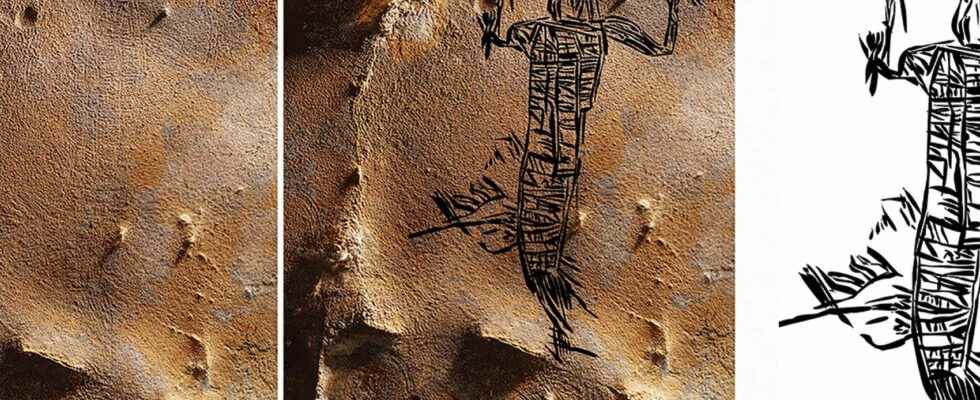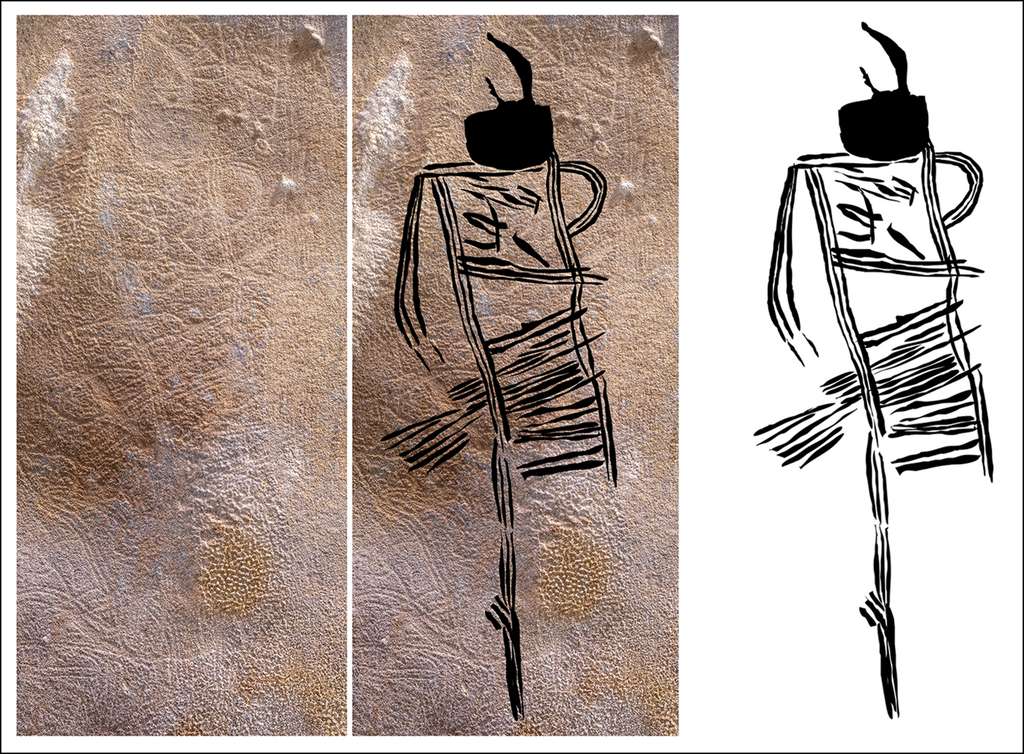Parietal art is rarer in America than in Europe. However, technology today makes it possible to explore the tortuous subterraneans of caves which conceal unsuspected treasures. Thanks to a 3D model, a research team has just discovered the largest parietal engraving in North America.
You will also be interested
[EN VIDÉO] Archaeozoology: the link between man and animal throughout history Archaeozoology is at the crossroads of zoology and archaeology. This hybrid discipline is also close to paleozoology in several aspects. Go on video to meet Ginette Auxiette, archaeozoologist at Inrap (National Institute for Preventive Archaeological Research), specializing in the links between humans and animals throughout history.
L’parietal art on the American continent is much rarer and of more modest dimensions than that known in Europe. Several dozen representations have nevertheless been discovered in North American caves since the end of the 1970s. Most of the glyphs engraved in the sediment were developed by the first Native Americans between 800 and 1600 BC and often predate the arrival of the first settlers of Europe. In recent study published in the journal Antiquityresearchers describe one of the largest parietal representations of this pre-Columbian period.
Life-size engraved royal characters
This representation is in a cave in Alabama whose precise location is kept secret and which includes more than five kilometers of underground galleries. The glyphs analyzed by the researchers are on the ceiling, which is located 1.25 meters above the ground. The appreciation of these glyphs therefore often requires the observer to lie down on the ground but this position still does not allow to see the entirety of an engraving when it exceeds the meter.
The authors therefore used photogrammetry to analyze the glyphs. This technique involves taking many photographs (here 16,000) at high resolution and very close to each other in order to agglomerate them later and generate a 3D model of a large spatial area. This model allowed them to discover undetectable engravingseye bare such as that of what would be a rattlesnakeespecially revered by native of southwestern North America. Three anthropomorphic silhouettes have also been identified, in the posture of royalty. The largest is 2.08 meters long and has a very angular head and body.
A 1.81 meter figure has more rounded angles and seems to stare at the viewer. The lines stretching from the head could, according to the authors, be feathers while one of the hands holds a rattle or a weapon. These representations are the largest of this period to have been made in North American caves. The authors also point out that due to the size of these representations and the morphology underground galleries, the artists had to create these engravings when they could not see the whole of their realization at a single glance. The authors therefore indicate that these artists had to work with their imagination rather than with a clear visual perspective.
Interested in what you just read?


